The haunting sound of the shofar—a ram’s horn trumpet—has echoed across Jewish history for three millennia. From the slopes of Mount Sinai to modern-day synagogues, this ancient instrument remains virtually unchanged in both form and function. Unlike other religious artifacts that have evolved with time, the shofar stands as a rare example of cultural and liturgical continuity, its primal blasts connecting contemporary worshippers to their earliest ancestors.
Carved from the horn of a kosher animal, typically a ram or kudu, the shofar requires no artificial mouthpiece or metal embellishments. Its raw, curved shape mirrors descriptions found in the Hebrew Bible, where it announced divine revelations, rallied armies, and marked jubilees. The Talmudic sages meticulously preserved its design specifications, forbidding alterations that would distort its natural form. This adherence to tradition means a shofar crafted today would be immediately recognizable to a Jew from King Solomon’s court.
The instrument’s endurance lies in its paradoxical simplicity. While Torah scrolls demand expert scribes and temple implements require goldsmiths, the shofar needs only a hollowed horn, boiling water to soften it for shaping, and a craftsman’s patience. Yet producing a ritually valid shofar demands precision: cracks or holes disqualify it, and the horn’s narrow tip must be carefully ground to form an aperture for blowing. Master makers pass down techniques through generations, often in secrecy, to maintain the exact acoustic properties described in ancient texts.
During the High Holy Days, the shofar takes center stage in Jewish worship. Its three distinct calls—tekiah (a long unbroken tone), shevarim (three broken notes), and teruah (nine staccato bursts)—are sounded in precise sequences, awakening spiritual introspection. Medieval commentator Maimonides likened these blasts to a cosmic alarm clock, rousing souls from moral slumber. The same ritual unfolds identically whether in a Brooklyn synagogue or a Jerusalem yeshiva, creating an unbroken acoustic thread to antiquity.
Archaeology confirms the shofar’s timeless design. Second Temple-era depictions on coins and reliefs show horns identical to modern specimens. When Masada fell in 73 CE, rebels left behind a shofar now displayed in Jerusalem—its measurements match contemporary versions. Even older references appear in the Dead Sea Scrolls, where the "trumpets of war" mentioned in the War Scroll clearly describe shofarot used in battle formations, as Joshua’s forces did at Jericho.
Beyond liturgy, the horn carries layered symbolism. Its curved shape evokes Abraham’s substituted ram, representing divine mercy. Kabbalists interpret its raw, unpolished surface as humanity’s imperfect but authentic cries to God. During the 1967 Six-Day War, paratroopers blew a shofar at the Western Wall’s recapture, consciously mirroring ancient victories. This fusion of spiritual and national identity ensures the horn’s relevance even in secular contexts.
Modern technology has failed to improve upon the shofar’s design. Synthetic replicas cannot replicate its organic resonance, and electronic recordings lack its tactile sacredness. Orthodox communities rigorously reject any mechanized substitutes, insisting the mitzvah requires a breath-activated natural horn. This resistance to innovation isn’t mere traditionalism—it safeguards an embodied experience where the blower’s breath and the listener’s ear connect through unmediated sound waves, just as they did when Moses descended Sinai.
As other faith traditions modernize their rituals, Judaism’s preservation of the shofar offers a counterpoint. The horn’s survival speaks to the power of sensory ritual: the way its guttural tones vibrate in the chest, the faint animal scent lingering in its pores, the way its voice cannot be digitally reproduced. In an age of disposable culture, the shofar remains stubbornly, magnificently irreplaceable—a 3,000-year-old alarm clock still ringing true.

By /Jun 6, 2025

By /Jun 6, 2025

By /Jun 6, 2025

By /Jun 6, 2025

By /Jun 6, 2025
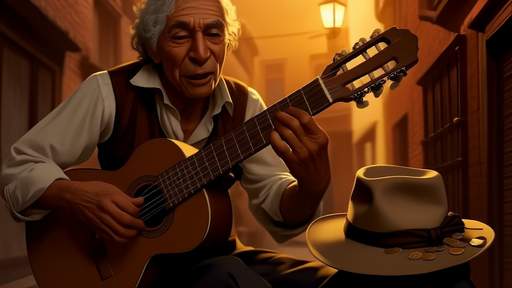
By /Jun 6, 2025
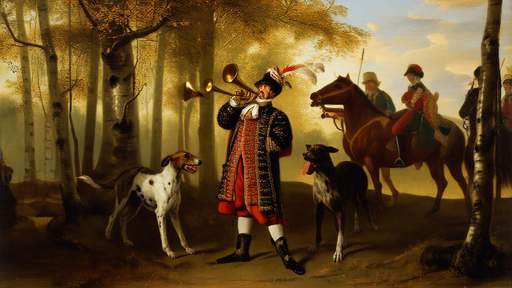
By /Jun 6, 2025

By /Jun 6, 2025

By /Jun 6, 2025
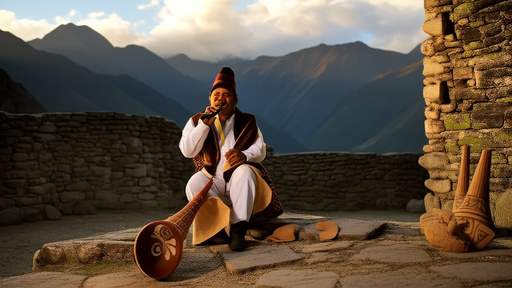
By /Jun 6, 2025

By /Jun 6, 2025

By /Jun 6, 2025

By /Jun 6, 2025

By /Jun 6, 2025
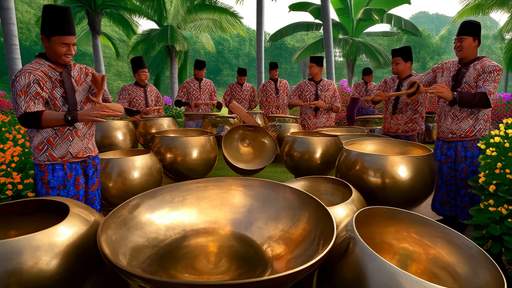
By /Jun 6, 2025
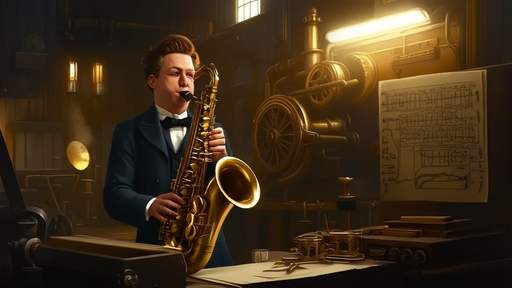
By /Jun 6, 2025
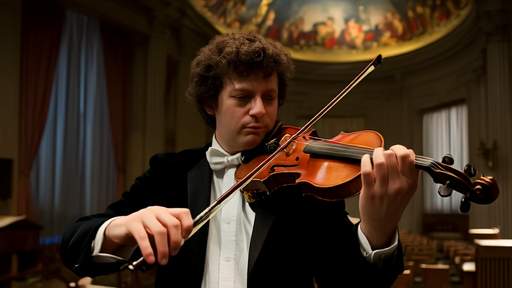
By /Jun 6, 2025

By /Jun 6, 2025

By /Jun 6, 2025
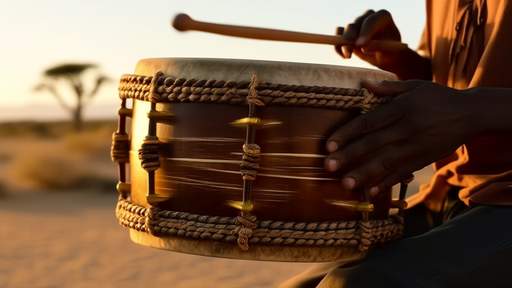
By /Jun 6, 2025